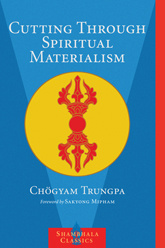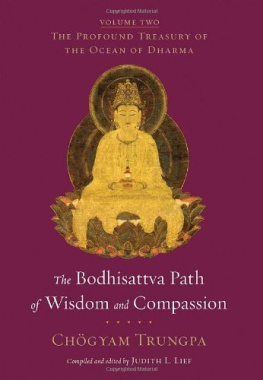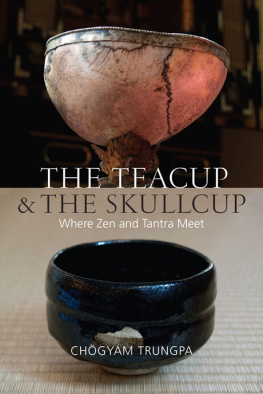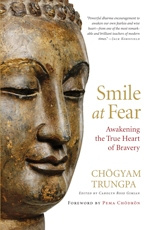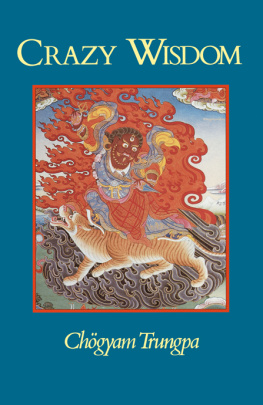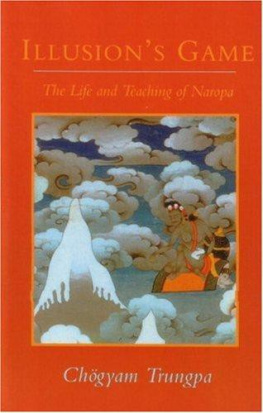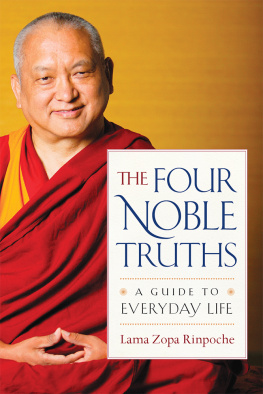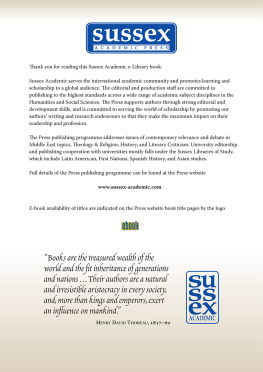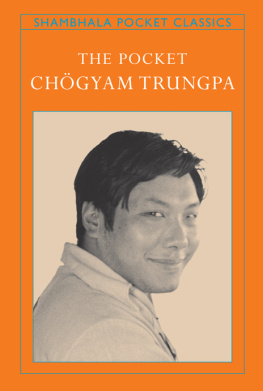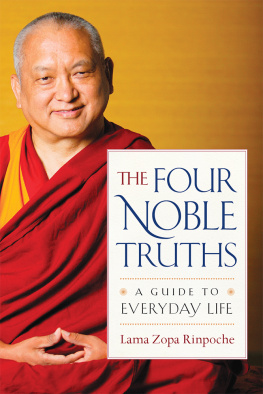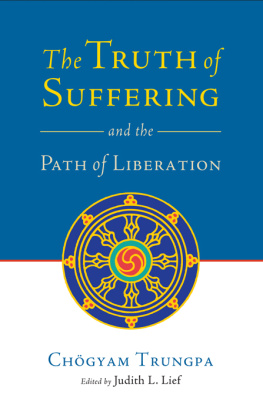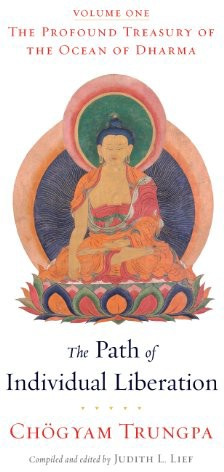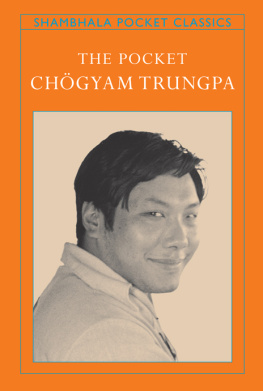THE PRACTICE OF MEDITATION
Basic Instructions & Guidelines
CHGYAM TRUNGPA
T HE PRACTICE OF MEDITATION is not so much about a hypothetical attainment of enlightenment as about leading a good life. In order to learn how to lead a good life, a spotless life, we need continual awareness that relates with life constantly, directly, and very simply.
The attitude that brings about mindfulness and awareness is not an opinionated one. Mindfulness is simply about a sense of being; you are in contact, you are actually being there. When you sit on the meditation cushion, you feel you are sitting there and that you actually exist. You dont need to encourage or sustain your sense of being.
We might actually question what is the purpose of meditation, what happens next, but actually the idea of meditation is to develop an entirely different way of dealing with things, where you have no purpose at all. One is not constantly on the way to somewhere, or rather one is on the way and at the destination at the same time.
Our posture in sitting practice is important. Sitting cross-legged is recommended, with the spine straight, not stiff, so that the breath is not strained or inhibited. However, imposing too much intensity on the body will undermine the whole thing, so you can rearrange your posture as necessary. If there is some physical problem that makes sitting on the floor too difficult, a chair can be used, but it is best not to lean against the back.
Eyes remain open, but if we are paying too much attention to visual details and colors, the head and neck may tighten. We simply rest the gaze slightly downward without trying to focus on anything.
As you exhale, follow the breath outward. Try to actually identify with it rather than just watching it. The in-breath naturally follows when the lungs are empty, just let it happen without particularly paying attention to it.
It is very important to avoid becoming overly solemn or feeling that one is taking part in some special ritual. One should simply try to identify oneself with the breath; there are no ideas or analyzing involved.
Whenever thoughts arise, just observe them as thoughts and label them thinking. What usually happens when we have thoughts is that we absorb ourselves and cease to be aware that we are thinking at all. One should try not to suppress thoughts in meditation, but just try to see their transitory nature, their translucent nature. We do not become involved in them or reject them, but simply acknowledge them and then come back to the awareness of breathing. There should be no deliberate effort to control and no attempt to be peaceful. Our thoughts simply cease to be the VIPS in our lives.
On the other hand, there is no implication that by sitting and meditating, coming back to the breath, we have found a way to avoid problems, an escape from one point to another. Meditation is not a quick cure or cover-up for the complicated or embarrassing aspects of ourselves. It is a way of life. It is extremely important to persist in our practice without second-guessing ourselves through disappointments, elations, or whatever. We might actually begin to see the world we carry with us in a more open, refreshing way. Meditation is very much a matter of exercise, a working practice. It is not a matter of going into some imaginary depth, but of widening and expanding outward.
These instructions are presented as the basic foundation of meditation practice. It is important to follow these guidelines to ensure a good understanding at the beginning.
OUTLINE OF TEACHINGS
The numbered lists of teachings in this book have been organized into outline style here as a study aid. The lists are in order of appearance in the text.
The First Noble Truth: Suffering
I. The Eight Types of Suffering
A. Inherited Suffering
Birth
Old age
Sickness
Death
B. Suffering of the Period between Birth and Death
Coming across what is not desirable
Not being able to hold on to what is desirable
Not getting what you want
C. General Misery
General misery
II. The Three Patterns of Suffering
A. The Suffering of Suffering
Birth
Old age
Sickness
Death
Coming across what is not desirable
B. The Suffering of Change
Trying to hold on to what is desirable
Not getting, or not knowing, what you want
C. All-pervasive Suffering
General misery
The Second Noble Truth: The Origin of Suffering
I. The Seven Ego-Oriented Patterns
A. Regarding the five skandhas as belonging to oneself
B. Protecting oneself from impermanence
C. Belief that ones view is best
D. Believing in the extreme of nihilism or eternalism
E. Passion
F. Aggression
G. Ignorance
II. The Six Root Kleshas (Conflicting Emotions)
A. Desire

